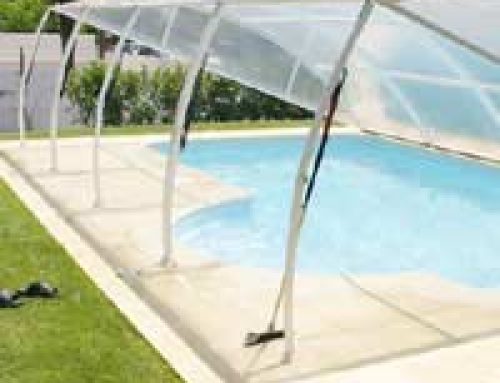
As climate change forces wider extremes of weather on the United Kingdom, gardeners are increasingly saving water in butts and tanks to use in times of drought. This is all well and good but water storage is rife with dangers, especially for those who might not be aware of the dangers or able to avoid them, such as children or the elderly.
Water Collection in the Garden
Collection of rainwater is necessary and laudable as it means that the rainwater from the intense rains can be kept to use on the garden. This reduces the demand on the piped water supply in drought conditions but, in addition, storing rain water helps to prevent surges on the drains and sewers that are responsible for the devastating effects of recent flooding in the UK.
However, there is a downside to the collection of water in a domestic situation, which is the threat to the safety of the family, particularly the elderly and children. But some simple precautions can make the situation a lot safer.
Water Collection Systems for the Garden
The main components of a water collection system are usually water butts attached to drainpipes although other tanks, perhaps underground ones, can also be used.
For water that is to be re-used in the house, perhaps for flushing toilets after it has been used for showers or washing clothes (known as grey water) an underground tank and pump system is likely to be required. But in the garden, one or more butts are all that are required.
Dangers and Precautions
The main dangers are drowning from falling into the stored water or being hurt by the weight of a body of water. Water can be surprisingly heavy and care needs to be taken when carrying it, moving it or cleaning water butts, which can topple over.
Having looked at the hazards the precautions that need to be taken really make themselves quite obvious. The water butts need to be properly held to whatever support is available and lids need to be securely attached and strong enough.
Securing Water Butt Lids and Covers
Water butt lids are necessary not only to stop inquisitive children falling into them but also to prevent mosquito larvae and other nasties using it as an incubator. If you have a traditional circular barrel make sure the lid is properly secured, this is more important than making it water tight.
If you do have small children who like to clamber all over the place make sure that the lid can take their weight, although stopping them from getting up there in the first place is obviously the first line of defence.
Supporting and Securing Water Butts
A traditional water butt is usually raised off the ground to allow easy filling of watering cans and other containers. If this is the case, check that whatever platform you are using is properly flat and strong enough to take the weight of a full butt. If possible secure the butt to a wall with straps so that it’s not just relying on the weight of water to secure it in place.
Newer water butts designed to attach to walls over drainpipes often don’t have lids or covers so that’s one potential danger worry removed. But they must be securely attached to the wall as all that weight falling on someone can do a lot of damage.
Pay Attention to Overflows
Finally, with all types of water butt make sure that there is a proper overflow. This ensures that when the butt fills up the excess water is taken away to the drains, or perhaps to another butt, rather than spilling all over the ground next to it.
In winter this can be exceptionally dangerous. But even in the summer months, if constant weeping of water has allowed algae and moss to get a foothold, when it has just rained this can be as slippery as ice. So keep an eye on the overflows, and dripping taps too for that matter, to keep the area around your butts safe underfoot.





A lot of water butts these days have “child safe” lids on them. Not sure what exactly this means but it perhaps deserves at least a mention? An explanation of the differences between a child safe lid and a regular lid would be a nice addition in my opinion.